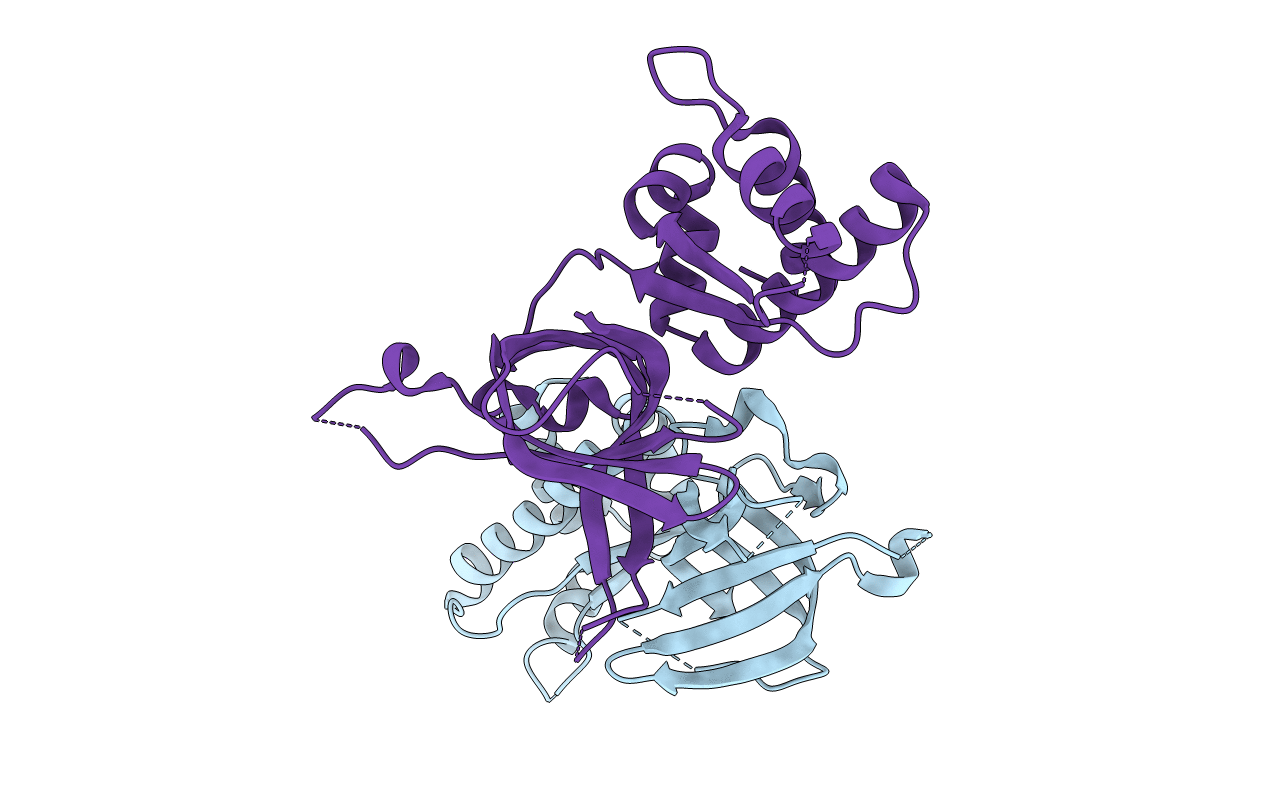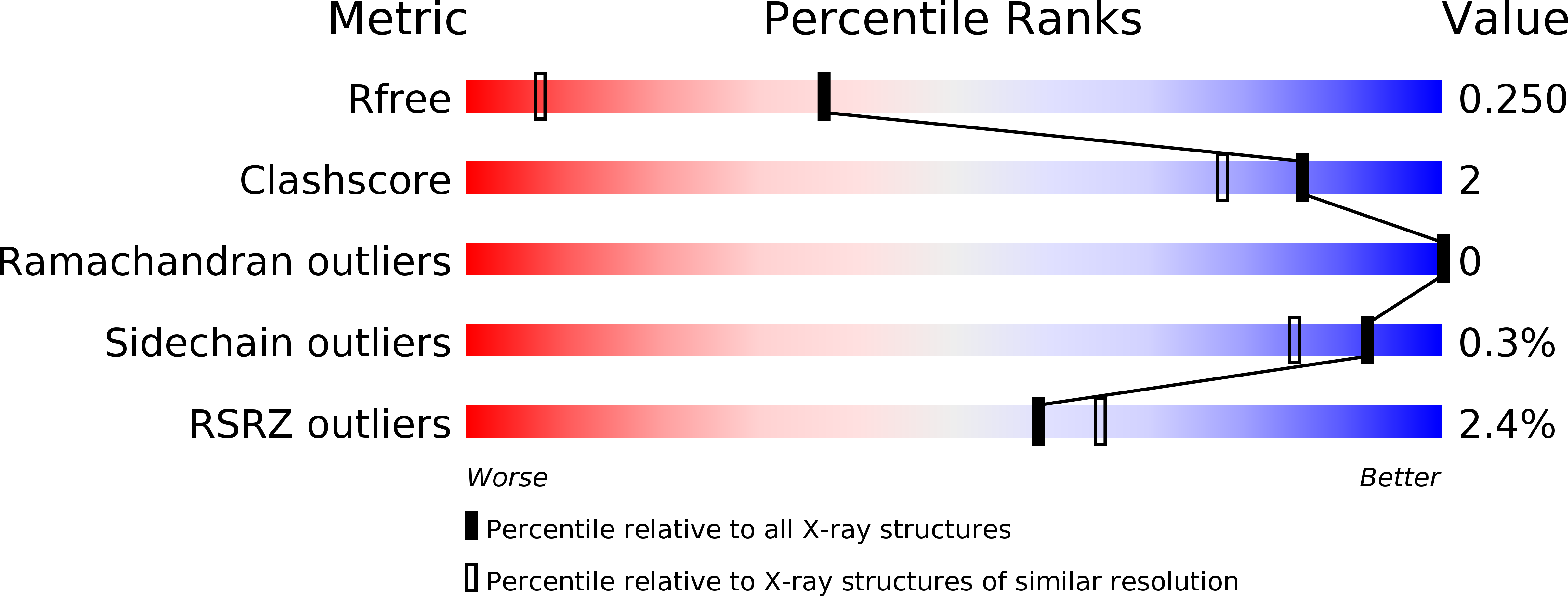
Deposition Date
2015-03-20
Release Date
2015-09-23
Last Version Date
2023-09-27
Entry Detail
PDB ID:
4YWK
Keywords:
Title:
Pyrococcus furiosus MCM N-terminal domain with Zinc-binding subdomain B deleted
Biological Source:
Source Organism:
Pyrococcus furiosus (Taxon ID: 186497)
Host Organism:
Method Details:
Experimental Method:
Resolution:
1.55 Å
R-Value Free:
0.24
R-Value Work:
0.21
R-Value Observed:
0.21
Space Group:
P 1


